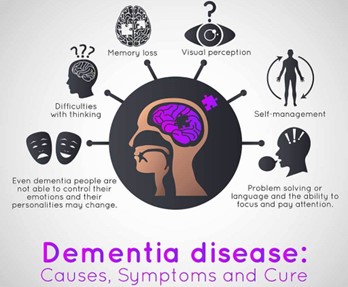What should the nurse do with linens that have been soiled by a client with hepatitis?
Place them in the dirty linen receptacle
Place them on the floor until the laundry department can pick them up
Place them in a plastic bag that has the contamination symbol
Place them in the hazardous waste receptacle
The Correct Answer is C
Choice A reason: This is incorrect because placing soiled linens in the dirty linen receptacle can expose other clients and staff to the hepatitis virus, which can be transmited through blood and body fluids.
Choice B reason: This is incorrect because placing soiled linens on the floor can create a safety hazard and a potential source of infection for anyone who comes in contact with them.
Choice C reason: This is correct because placing soiled linens in a plastic bag that has the contamination symbol can prevent the spread of infection and alert the laundry department to handle them with caution.
Choice D reason: This is incorrect because placing soiled linens in the hazardous waste receptacle can waste resources and violate the regulations for disposing of hazardous materials.
Nursing Test Bank
Naxlex Comprehensive Predictor Exams
Related Questions
Correct Answer is D
Explanation
D) “I understand that you would like some ice cream, but I need you to be more respectful when you ask me for something.” This is an assertive response because it acknowledges the patient’s request, expresses the nurse’s feelings, and sets a clear boundary for acceptable behavior. Assertiveness is the ability to communicate one’s needs, opinions, and feelings in a respectful and confident manner.
“You are hungry and want a snack. I can do that in 10 minutes when I finish my rounds.” is incorrect. This is a passive response because it does not address the patient’s rudeness or assert the nurse’s rights. Passive communication is the tendency to avoid conflict, suppress one’s feelings, and comply with others’ demands.
“Maybe I can get one of the aides to bring you something in a while.” is incorrect. This is an evasive response because it does not commit to fulfilling the patient’s request or confronting the patient’s attitude. Evasive communication is the tendency to avoid responsibility, give vague answers, and shift blame to others.
“Call the nursing station and ask them to have the kitchen bring whatever you want.” is incorrect. This is an aggressive response because it rejects the patient’s request, shows irritation, and implies that the nurse does not care about the patient’s needs. Aggressive communication is the tendency to dominate, criticize, and blame others.
Correct Answer is ["A"]
Explanation
Choice A reason: This is correct because it shows that the PN is respectful and sensitive to the client’s cognitive impairment. Long explanations can confuse and overwhelm the client, who may have difficulty processing and retaining information.
Choice B reason: This is correct because it shows that the PN is respectful and sensitive to the client’s cognitive impairment. Asking one question at a time can help the client focus and respond more easily, without feeling pressured or frustrated.
Choice C reason: This is correct because it shows that the PN is respectful and sensitive to the client’s cognitive impairment. Using short sentences can help the client understand and remember the message, without being distracted or confused by unnecessary words.
Choice D reason: This is incorrect because it shows that the PN is rude and disrespectful to the client’s hearing ability. Talking loudly can make the client feel annoyed or threatened, and may not improve communication if the client has hearing loss. The PN should talk in a normal tone and check for understanding.

Whether you are a student looking to ace your exams or a practicing nurse seeking to enhance your expertise , our nursing education contents will empower you with the confidence and competence to make a difference in the lives of patients and become a respected leader in the healthcare field.
Visit Naxlex, invest in your future and unlock endless possibilities with our unparalleled nursing education contents today
Report Wrong Answer on the Current Question
Do you disagree with the answer? If yes, what is your expected answer? Explain.
Kindly be descriptive with the issue you are facing.
